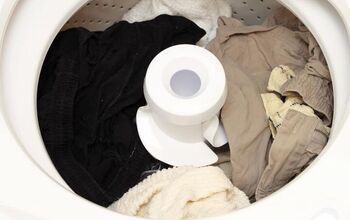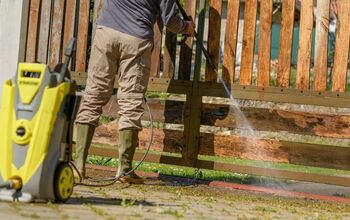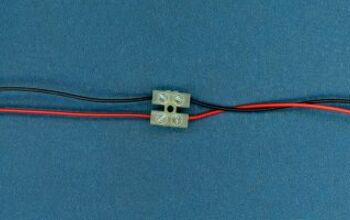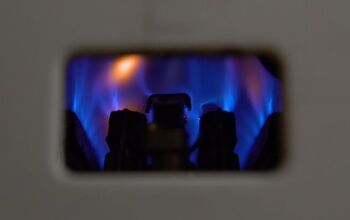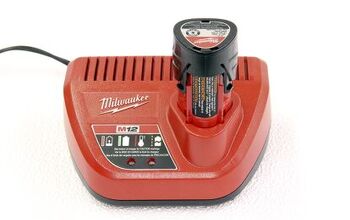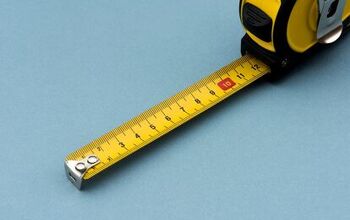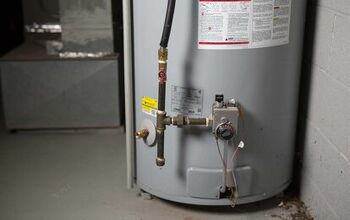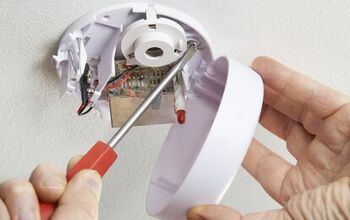Roper Washer Won't Spin? (Possible Causes & Fixes)

It’s essential for washing machines to be in tip-top shape so they can wash your clothes and wring them out before you transfer them to your dryer. So, when your washer doesn’t spin, this becomes a significant issue and hinders you from throwing your clothing into the dryer. So, what is keeping your Roper washer from spinning?
One primary reason your Roper washer won’t spin is that the load isn’t balanced. However, some other problems may be the latch, drive belt, control boards, or even an issue with the drain hose.
It’s vital that you get your washer back into working order so that you can keep your laundry going. In this article, we have provided you with a list of possible issues that you can check and ways to fix any problems you find. Let’s get started!
Do You Need Appliance Repair Services?
Get free, zero-commitment quotes from pro contractors near you.

Why Won’t Your Roper Washer Run The Spin Cycle?
Your spin cycle is essential in finishing up the laundry load to prepare your garments to go into the dryer. When the spin cycle doesn’t work, it can be a big problem mainly because it leaves you having to wring your clothing out by hand, which is time-consuming.
Below, we’ve included several reasons why your washer may not be spinning. Take your time to check each problem before moving onto the next one.
Unbalanced Load
Perhaps one of the most common problems when it comes to your Roper washer not wanting to spin is an unbalanced load. What you can do is try to replace the garments evenly around the tub to see if your washer begins spinning.
The undistributed weight will throw off the rhythm of the spin, causing your washer to stop before the spin gets up to speed. Once this weight is redistributed, it will then spin with no problems.
A Problem With The Lid Sensor
On all washers, whether they’re front or top load, a sensor lets your washer know that the door is closed. However, if the sensor doesn’t pick that the door is closed then this will keep your washer from spinning.
Sometimes the door latch might not be closed all the way. Other times, the sensor may be going out. Regardless of the issue, one thing is for sure, you need to fix the problem so that you can get your washer working properly.
To check the sensor, you will need to review the manual that came with your washer and follow the instructions. Make sure that you disconnect the wire harness and remove the metal piece. This will give you access to the sensor, which you can then replace.
Electrical Problems
Sometimes your washer can have electrical problems. If your washer is plugged into an extension cord, then there may not be enough power to draw from to power the spin portion of your cycle. The same can be said even if it’s plugged into a surge protector.
Make sure that your washer is plugged in directly to the wall. If it seems like your washer isn’t getting enough power, then this could be the result of an electrical problem for which you’ll need an electrician.
Clogged Drain Hose
If you have a clogged drain hose and the water cannot leave your appliance, then this will keep the washer from spinning as well. Not to mention, a kinked hose can do the same thing.
You will need to move your washer to check the hose. Check to make sure that there are no kinks or sharp bends in the hose. If the outside of the hose looks fine, then you will need to check inside by loosening the clamps.
Peer through the hose with a flashlight to see if there are any obstructions. If it looks fine, put the hose back on and push the washer back into place. However, it would help if you were careful not to bend the hose as it will kink.
Clearing A Clogged Hose
If you find that the hose is indeed clogged, then you’re going to need to remove the obstruction. Take the hose entirely off and get a long tool such as a jimmy for a car or even a broom handle. Shove the handle up through the hose making sure that you don’t pop a hole in the side of the hose.
Once you remove anything that was stuck, you can run water through the hose to ensure that it’s properly flowing. Then, put the hose back onto your washing machine and push it back into place. The spin cycle should now work perfectly.
Malfunctioning Control Board
Your control board is what runs all the communication between different components of your washing machine. So, when it’s malfunctioning, there is a slew of possible issues that can happen, including your washer not being able to spin.
Check your owner’s manual to look for the location of your control board. You will then need to take a multimeter and see if there’s any power running through your washer. If there isn’t, your control board is most likely broken, and you will need to replace it.
Broken Motor Coupling
Your motor coupling plays an essential role in your machine’s spin cycle, so if it’s broken, the machine isn’t going to spin as it needs to. Also, your machine may not even drain if this is the problem.
However, replacing the motor coupling is easy. You will only need to pop the old one out of place and put the new one back in. The difficulty lies in remembering to put everything back in its correct place when doing this as a DIY project. Otherwise, your washer won’t run the way it’s supposed to, and you’re left with more issues than you had in the first place.
Loose Or Broken Drive Belt
Your drive belt is what drives the tub to spin the way that it should. If the drive belt is loose or broken, then the washer will not spin. If it’s loose, you can tighten it back onto the pulleys and call it good. However, if it’s broken, you will need to replace it with the correct part to get your washer back into working order.
How To Replace The Drive Belt
Replacing the drive belt is easy, but it’s a little bit more involved than replacing a lid switch. Therefore, we thought it was only fair to provide you with some instructions if this is your issue.
- Turn off the power. It’s always a good idea to turn the power off to your appliance when you get into any of the panels. You can do this by either killing the circuit at the breaker or unplugging the machine.
- Remove the cover. Remove the cover at the back of your washer by prying it up with a flathead screwdriver.
- Take off the belt. Now you will need to take the belt off the pulleys. You can pry it up using a screwdriver. Also, unscrew any components that are holding it into place. Set the screws aside as you will need them to put the new belt on. This might take excessive force, but since you’re removing it, it doesn’t matter whether you break it or not.
- Buy the new belt. Bring the old belt into the store to purchase a new one to ensure you’re purchasing the correct belt. Use the model number of your machine as a guide as well. Otherwise, buying the wrong belt will likely result in the belt breaking, and you have to do this all over again.
- Put the new belt on. Now, you need to put the new belt on your washer. To do this, make sure it’s fully on the pulleys and tighten it as required. Then, put the components back and screw them into place. The pulleys will move as you are trying to fasten the belt on, which is why it’s a good idea for you to zip tie the pulley into place. It will take some strength to stretch the belt onto the pulleys, so be prepared for a bit of a workout.
When To Hire A Professional
If you went through all the scenarios in this article but you cannot figure out the problem, it may be a good idea to contact a professional. Also, if there is anything wrong with your washer’s electrical panel, it’s a good idea not to do this on your own as it can be dangerous and electrocute you.
Be prepared to pay between $75 and $300 or more depending on the problem. Sometimes, repairs can cost an upward of $700. If this is the case, it would be better to replace your Roper washer as the cost to buy a new one will be the same as it is to repair it.
Do You Need Appliance Repair Services?
Get free, zero-commitment quotes from pro contractors near you.

Our Summary
A washer that won’t spin is hugely frustrating, but don’t stress just yet. By walking through the steps in this article, you’ll be able to diagnose your washer with no problems and without the cost of hiring a professional.
However, if you are uncomfortable doing this on your own, there is no shame in seeking help. Although, if the repairs are going to cost half or more of the original purchase price, it’s better to replace the washer entirely.

Heather is a passionate writer who loves anything DIY. Growing up, she learned everything from home repairs to design, and wants to share her tips with you. When she's not writing, she's usually hiking or searching for her next DIY project.
More by Heather Robbins













